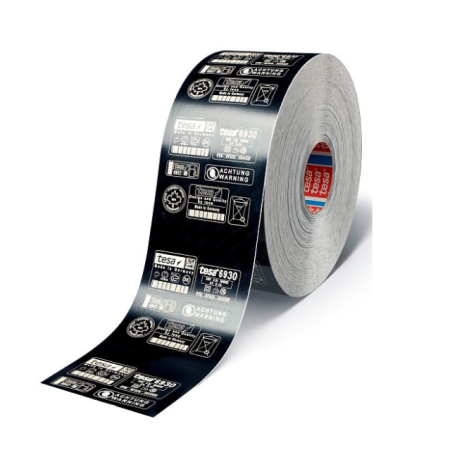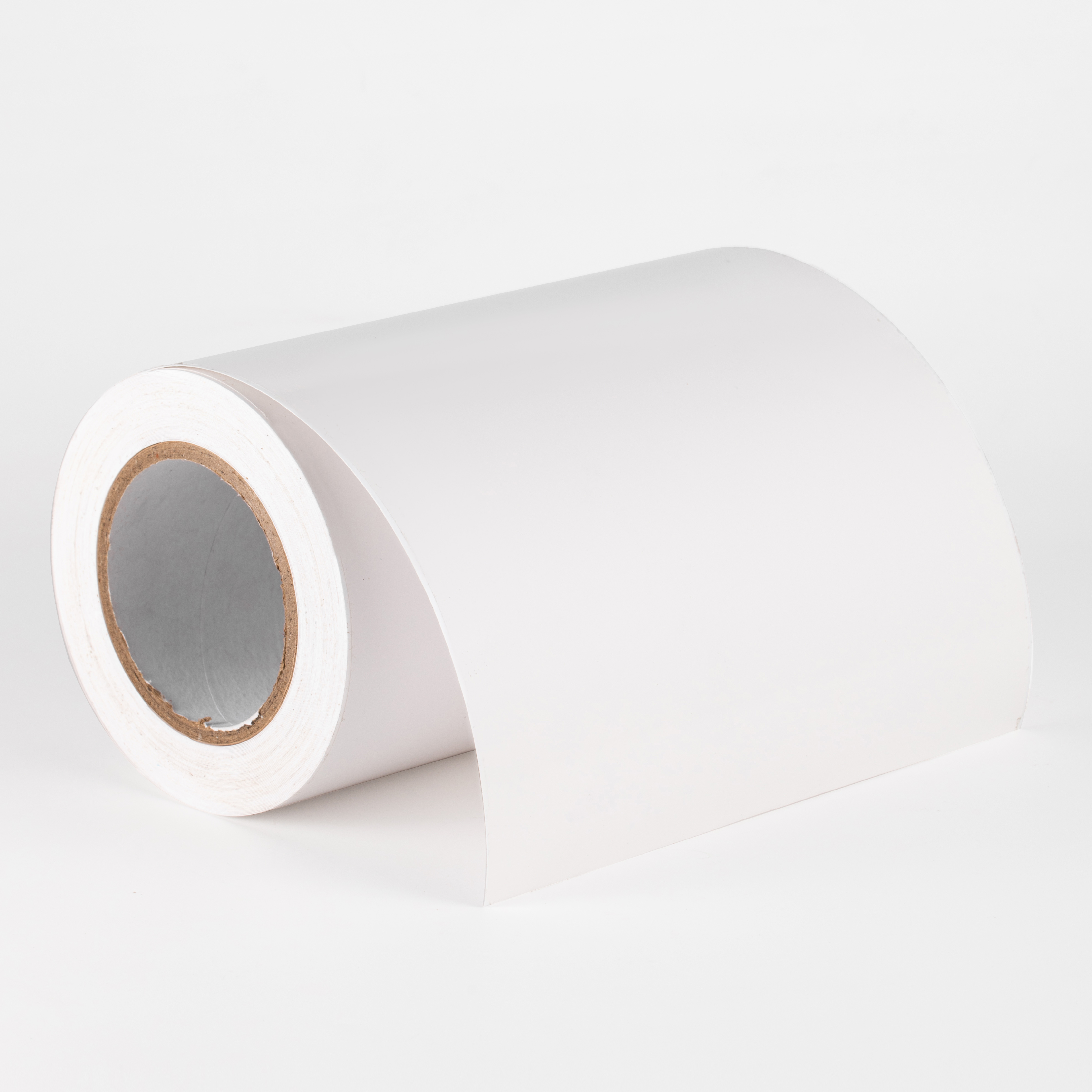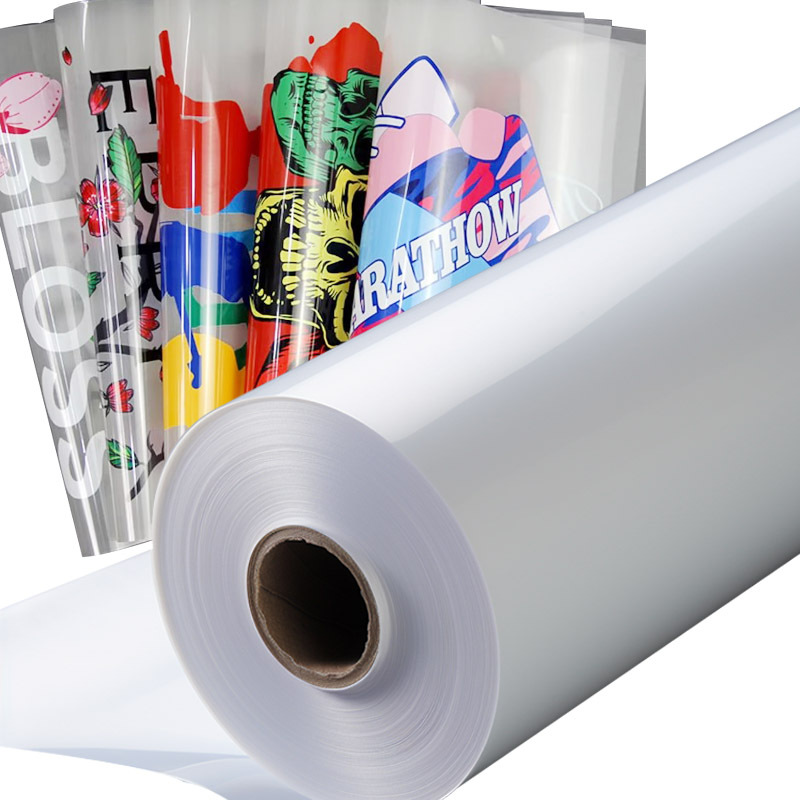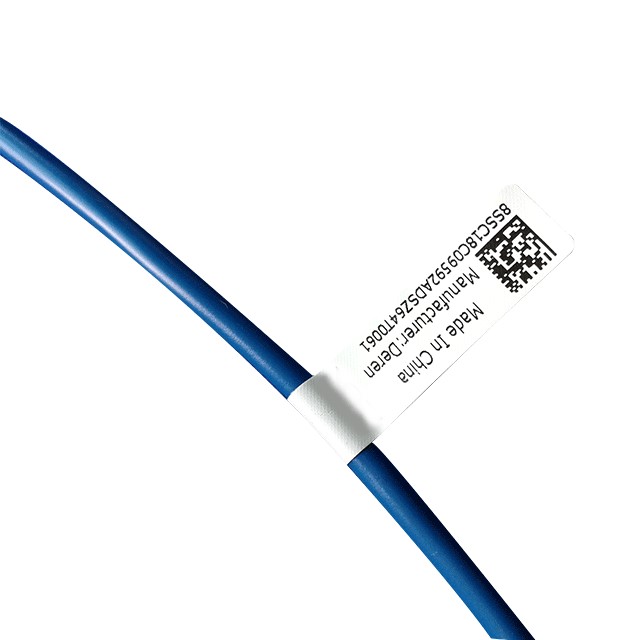Choosing the right adhesive label is the most important!
adhesive labels are an important reflection of a company's image and brand, playing a crucial role in showcasing product quality and arousing consumer purchasing desire.
Adhesive labels, also known as self-adhesive label materials, have advantages over traditional paper labels such as no need to brush glue, paste, dip in water, no pollution, and save labeling time. They have a wide range of applications and are convenient and fast.
The structure of self-adhesive materials consists of three parts, namely "surface material, adhesive, and base paper" - a composite material made of paper, film, or other special materials as the fabric, with adhesive coated on the back and silicon coated protective paper as the base paper. After printing, die-cutting, and other processing, it becomes a finished label with a wide range of applications and convenient and fast features.
Nowadays, with people's pursuit of product and service quality, the material and design of adhesive labels are becoming increasingly exquisite. They are no longer simply a carrier of information, and sometimes you may even think of them as works of art.

The incorrect selection of adhesive material for the small bottle body caused the label to curl up
Bottles with a diameter less than 30mm are usually referred to as small bottles. If the label material used has a high stiffness, it is easy for the label to warp. Therefore, self-adhesive labels applied to small bottles generally use strong adhesive, whose adhesive force on the bottle body is much greater than the elastic force of the label surface material itself to resist deformation, in order to ensure that there is no warping after labeling.
There are various types of adhesive materials on the market, most of which are not recommended for small bottle bodies. However, some end users lack professional knowledge and mistakenly choose label materials that are not suitable, which leads to label warping after labeling. Usually, the misselection of adhesive materials can cause small bottle labels to become warped, and this phenomenon will begin no later than a few hours after labeling, with the degree of warping increasing over time.
In view of this, label printing companies must carefully understand the customer's labeling body when accepting adhesive label orders. If they find that the customer is using it for small bottles, they must consult a professional adhesive material supplier and choose the most suitable material for the customer's application to process the label.
Unreasonable use by the customer resulted in label lifting
Some customers immediately place the product in a cold storage with very low temperature after labeling; Some customers take out the stickers from the cold storage and label them when there is still condensation on the surface of the stickers; Some customers also label steel or iron plates placed outdoors, or label them in dusty environments. All of the above are unreasonable applications that can easily cause label warping.
Both label manufacturers and end-users should choose the most suitable label based on its actual application. If they do not understand the relevant knowledge, they can seek help from professional adhesive material suppliers to solve the problem and find the most suitable adhesive material.

What are the differences between the printing of self-adhesive labels and traditional label printing?
Adhesive, also known as self-adhesive label material, is a composite material made of paper, film or special materials as the fabric, with adhesive coated on the back and silicon coated protective paper as the base paper
When applied, simply peel off from the base paper and press lightly to apply it to the surface of various substrates. It can also be automatically labeled on the production line using a labeling machine
Compared with traditional labels, self-adhesive labels do not need to be painted, pasted or dipped in water. They are pollution-free, save labeling time, and are convenient and fast to use in various occasions
Various types of labels made of different fabrics, adhesives, and substrates can be applied to materials that general paper labels cannot handle. It can be said that self-adhesive labels are a versatile type of label
The printing of self-adhesive labels is very different from the traditional printing. The self-adhesive labels are usually printed and processed on the label linkage machine, and multiple processes are completed at one time, such as graphic printing, die-cutting, waste disposal, cutting or rewinding
One end is the input of raw materials for the entire roll, and the other end is the output of finished products. Finished products are divided into single sheet or roll labels, which can be directly applied to the goods
So, the printing process of adhesive labels is more complex, and the requirements for equipment performance and printing staff quality are also higher
Adhesive label manufacturers consider the type, grade, quality, surface characteristics, usage environment, and user requirements of the labeled object comprehensively
If a label made of transparent polypropylene adhesive is applied to a transparent bottle, it can create a stylish feeling without labels, improve the quality of the product, and stimulate consumers' desire to purchase
Fundamentals of Adhesive Labels
Adhesive labels are a composite material made of thin film or special materials, with adhesive coated on the back and silicone protective paper as the base paper. After printing, die-cutting and other processing, they become finished stickers. When applied, it only needs to be peeled off from the base paper and lightly pressed to stick to the surface of various substrates. It has the advantages of no need to brush glue, no pollution, and saving labeling time. It is convenient, fast, and has a wide range of applications.
Suitable for food and catering, medicine and medical care, personal care, petrochemicals, household goods, electronic appliances and peripheral equipment, communication, automobiles, other equipment/instruments, closely related to our food, clothing, housing, use, and transportation.
We offer comprehensive technical support, including free professional labeling solutions, advice on label materials and adhesive selection, as well as online/offline assistance from professional software and hardware engineers. Service email: andy@ownlikes.cn. In pre-sales, we leverage our extensive experience in specialty labeling projects to provide clients with the most suitable hardware solutions. Additionally, all our label barcode printers and scanners come with a three-year free warranty, demonstrating our confidence in our products.






This site is protected by reCAPTCHA and the Google Privacy Policy and Terms of Service apply.